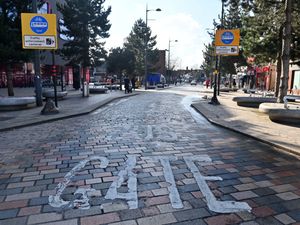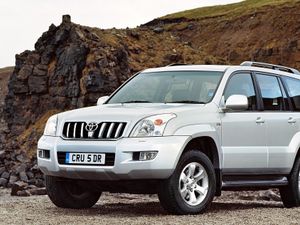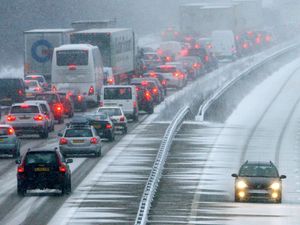Here are the key tyre checks to make today
Ensuring your tyres are up to standard is essential for safety.
Tyres are a crucial part of your whole car. They’re the only point of contact that a vehicle has to the road and ensure that you get down the road without sliding off. It doesn’t need to be pointed out that it is important to make sure that they’re in good order – particularly with winter on the horizon.
It’s Tyre Safety Month, too, which provides a perfect opportunity to give your tyres a good once-over. We’ve chatted with Davanti Tyres to see what you need to take a closer look at to make sure your tyres are in good shape.
Check pressures

>
The right pressures ensure that your car is rolling as efficiently as possible. Under-inflated tyres not only contribute to uneven wear but they can drastically affect your car’s fuel consumption. Tyres which aren’t inflated properly can increase how much fuel your car uses, making it more expensive to run day-to-day.
Davanti suggests that it’s worth checking your tyres once a month and you can find your car’s recommended pressures in the vehicle handbook or often on a panel behind the fuel filler door.
Look for damage or cuts

>
Particularly during the pothole-riddled winter, tyres can be on the front line and are often subjected to big impacts and bangs. As a result, it’s a good idea to check over your tyres for damage or cuts which could lead to something more serious.
Any cut or deformation – or a large bulging section of tyre – has to potential to result in a blow-out, so it’s a good idea to get them checked out by a professional if you spot one of these.
Monitor tread depth
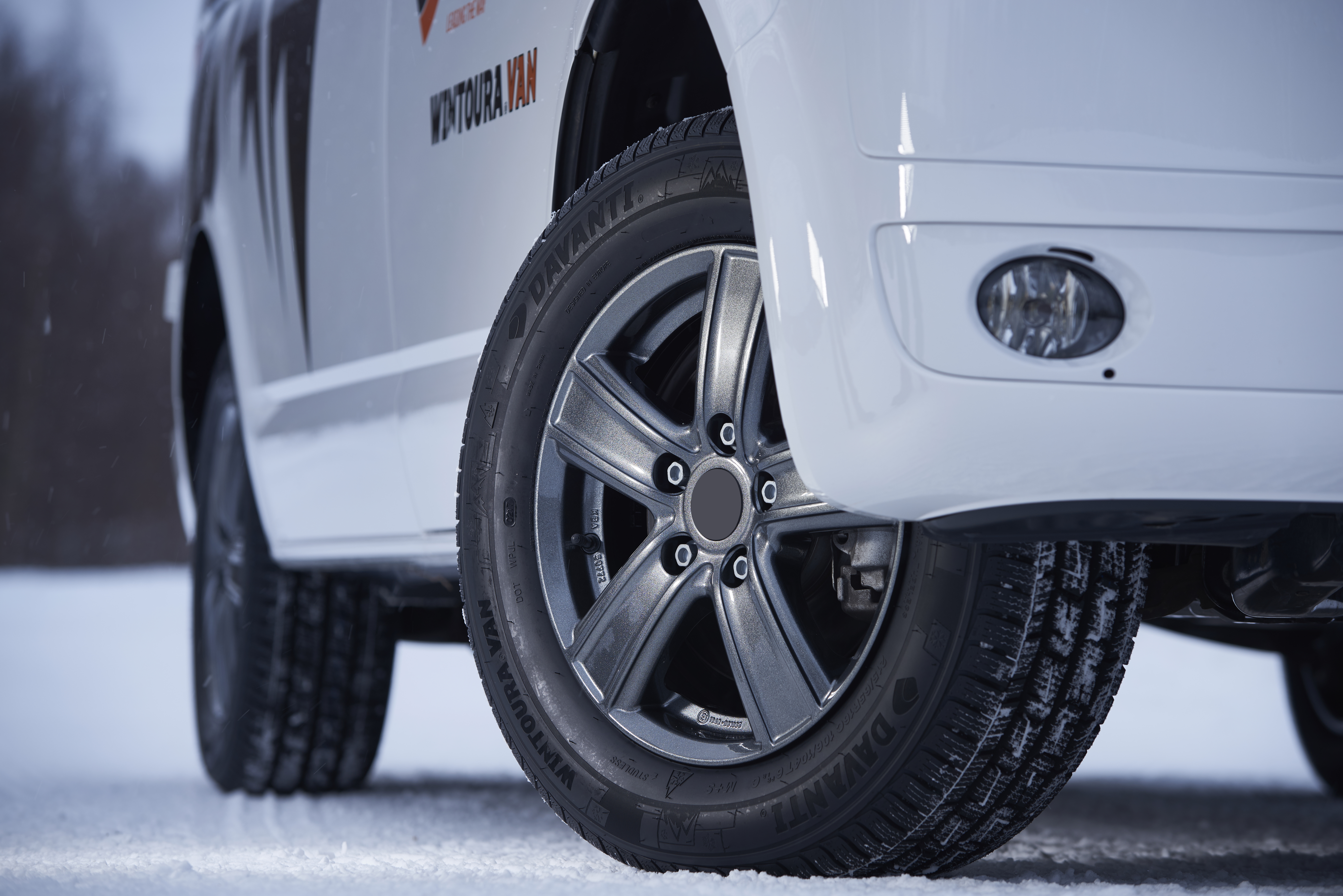
>
The legal limit for tread depth in the UK is 1.6mm but it’s recommended that you swap out your tyres before it hits this marker. Proper tread allows your tyres to grip correctly and ‘key’ into the road while dispersing water when you’re driving in wet weather.
You can use the 20p trick to check them – place the coin into one of the treads and if the outer band is obscured, you’re still within the limits. If you can see the band, they need swapping right away. A tyre tread depth gauge is also an easy and inexpensive way to check your tyre tread depths.
Don’t be tempted to overload your vehicle
Particularly during holidays and half terms, it can be tempting to jam as much as you can in your car. However, overloading can have a serious impact on the effectiveness of your tyres while increasing stopping distances. Additional heat built up through overloading can also see your tyres degrade more quickly.
If you are planning to put more equipment in your car than usual, make sure that you adjust your tyre pressures accordingly – you can find this information in the vehicle handbook. Also, double-check your vehicle’s maximum carrying weight as, if you exceed this, you could face a fine.
Take care when driving up a kerb
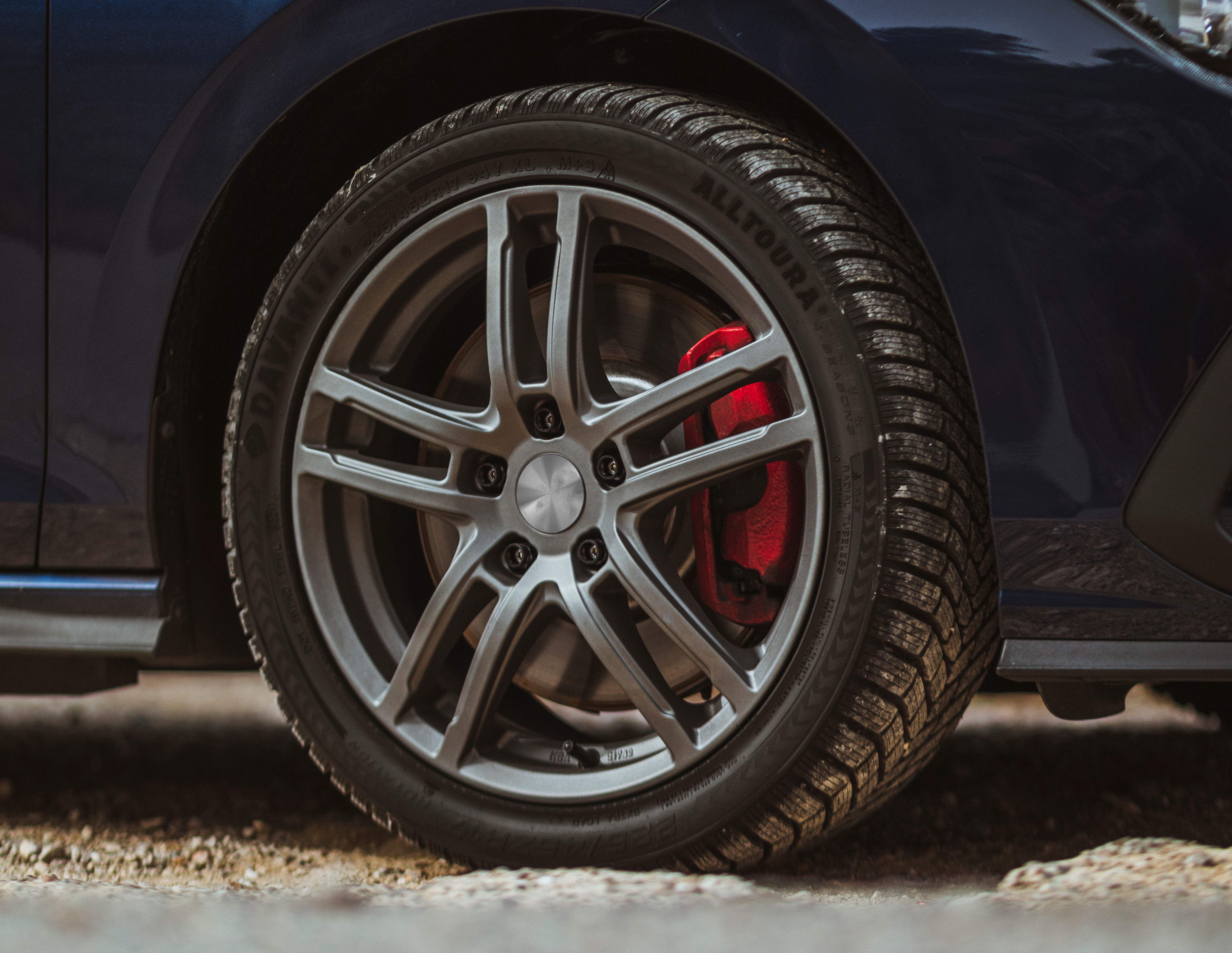
>
Though it’s not all that pleasant, drivers do – from time to time – need to go up a kerb in their cars. However, it’s in these instances where damage can occur, so it’s good to take your time if you do need to take your car up a kerb.
Hitting a kerb too hard can knock your car’s wheels out of alignment which, in turn, can cause uneven tyre wear and even make them more susceptible to damage. Go slowly up a kerb if you need to and refrain from ‘banging’ straight into one.


